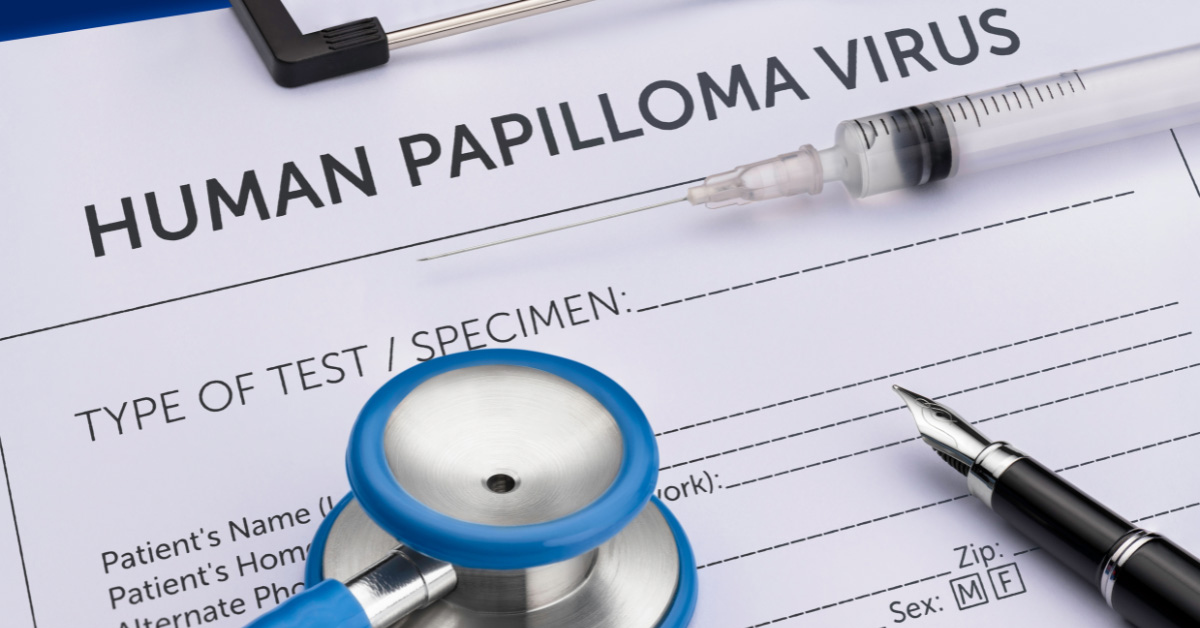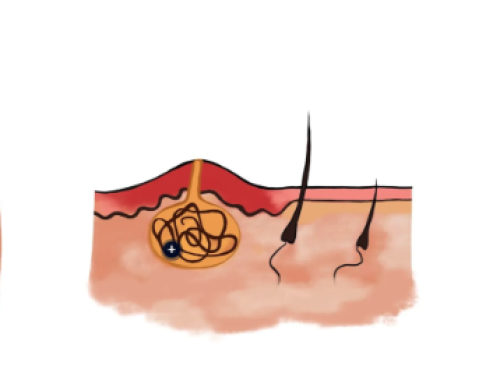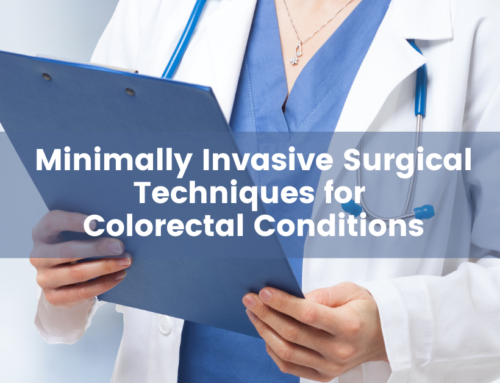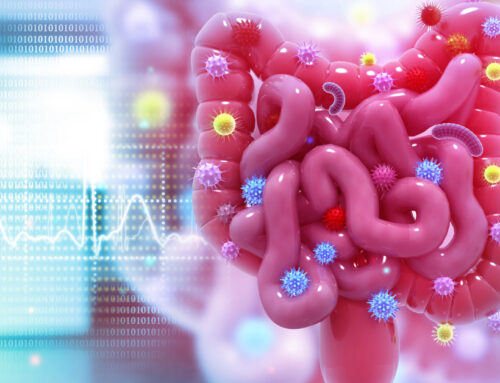
What are anal warts?
Anal warts are a condition affecting the anus and lower rectum. They are a type of genital wart that present first as small spots or growths but can increase in size to large growths that can cover the entire anal area.
What are the symptoms of anal warts?
Often found in and around the anal area, anal warts may not be noticed at first because their symptoms are often mild and without significant pain or discomfort. However, there are a few symptoms to keep an eye out for including:
- A cauliflower patterned growth or growths in the anal area
- Itching in the anal area
- Bleeding in the anal area
- Fluid or discharge from the anal canal
- Bumps in the anal area
Anal warts develop in a cauliflower-like pattern that can be peach, yellow, pink, or light brown in color and may blend in with the surrounding skin. The result of a sexually transmitted illness, anal warts can only spread by close physical contact with the genitals, mouth, or throat of someone who has human papillomavirus (HPV).
5 ways to avoid anal warts
So how can anal warts be avoided? Anal warts are caused by human papillomavirus (HPV), a sexually transmitted infection (STI). Infection is generally caused by sexual interactions, though not necessarily from intercourse. Anal warts can take anywhere from one to six months or sometimes even longer to develop and will remain inactive in the tissue until they present themselves as anal warts.
Here are five ways to avoid anal warts:
- Check with your partner about anal warts before engaging in sexual interactions
- Abstain from sexual interactions with partners who have HPV or anal warts
- Use barrier methods like condoms or dental dams to reduce the risk of infection (doesn’t offer complete protection from infection)
- Limit your number of sexual partners to reduce the chances of contracting anal warts
- Avoid anal intercourse
How to treat anal warts
There are three major types of treatments for anal warts: topical medications, non-surgical removal, or surgical removal.
Topical medications: This method of treatment includes a trip to the doctor’s office to apply a topical ointment and is only used for small outbreaks that are located outside the anus. Some prescription topical medications can even be applied at home. The medications used to remove anal warts are typically podophyllin, trichloroacetic acid, and bichloroacetic acid. The side effects of this treatment option include mild burning or discomfort.
Non-surgical removal: These methods remove anal warts through Cryotherapy, Electrotherapy, or Laser treatments. If the anal warts are in a location and of a severity in which these treatments are effective, they can be removed using one of these three methods. Larger infections of anal warts can be removed in stages with multiple visits to the doctor. However, sometimes surgical removal is necessary.
Surgical removal: In cases with more severe or extensive infection of anal warts, it may be necessary to surgically remove them. This is generally done as a same-day treatment by a hospital or surgery center.
No matter which method of treatment your doctor prescribes, one treatment is not usually sufficient to permanently remove anal warts. It is important to continue following up with your doctor in order to quickly catch any returning anal warts and remove them.




